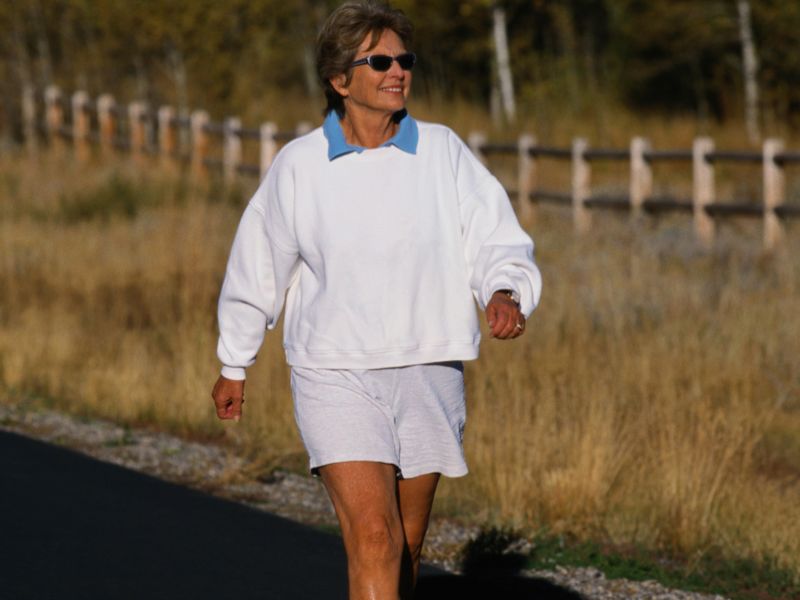WEDNESDAY, April 11, 2018 (HealthDay News) — Is arthritis pain getting in the way of your fitness plans? That need not be the case.
In fact, physical activity can be vital to your continued mobility.
Osteoarthritis is a joint disease that affects about 27 million Americans — most often in the knees and hips, but also in the lower back and neck.
Doctors describe it as a degenerative disease — meaning the joint has worn down. Usually that’s from simple wear-and-tear over the years, or from overuse.
This occurs when there’s a breakdown of the cartilage that covers the end of each bone. The cushioning effect is lost. The result is pain, swelling and problems moving the joint that’s been affected. Over time, the bones themselves can be damaged.
What to do? Get moving.
It may be hard, especially at first, but physical activity is key to treating osteoarthritis. Studies have shown that exercise not only helps reduce pain but also improves mobility.
Being active should help with weight loss, too — and excess weight contributes to the pain of osteoarthritis.
Start slow and simple, suggests the Arthritis Foundation. Just walking around the neighborhood can help. So can a fun and easy exercise class.
Adding some strengthening exercises will help build muscle around whatever joint is affected by osteoarthritis. Range-of-motion exercises can help you become more flexible and less stiff. Simply start with gentle stretches that take your joints through their full range of motion.
Yoga and tai chi can help relieve stiffness and improve flexibility, too.
Whatever activity you choose, just make sure it’s easy on your joints. No twisting and pounding. Besides walking, good options are biking, water aerobics, swimming and dancing.
A key to success, though, is to pay attention to how your body tolerates your new activity. And be patient. When you have arthritis, it can take your body longer to adjust to new activity, notes the U.S. Centers for Disease Control and Prevention.
If you haven’t been active, start with just three to five minutes of activity twice a day. Once your body has adjusted, add 10 minutes to your activity time. Then add 10 minutes more, and so on, until you’re as active as you want to be.
For those who have a hard time even walking at first, consider working with a physical therapist. This specialist can create a program tailored to your abilities — and one that can adapt as you get stronger.
One important reminder: Check with your doctor before adding new activity and any time you experience unusual pain or swelling in the joint affected by osteoarthritis.
More information
The U.S. Centers for Disease Control and Prevention has more on physical activity for arthritis.
Copyright © 2024 HealthDay. All rights reserved.

